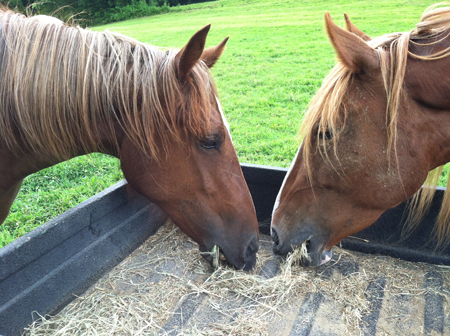
I love this photo. I’m not even sure why really. Maybe it’s because I know how much alike these two horses are. Our wild mustang baby Firestorm on the left and our rescued American Saddlebred Mouse on the right. I posted the photo on Facebook just because I liked it. And I like them. Birds of a feather. Two very bright and very curious horses. This morning Saffron – Stormy’s mom – and I were walking out of the barn breezeway to breakfast. I had called both of them but realized I wasn’t hearing eight hooves on the pea gravel. I glanced back and all I could see of Stormy was a bit of her butt. She had stepped up into the tack room. All four feet! I wish I had thought to grab the iPhone but I reacted first (react first and think later… see I’m actually becoming one of them). “Stormy get outta there!” I snapped. And by the time I thought about taking a picture she was dutifully backing out of the doorway. We were having some grading and pea gravel work done around the barn and the guys had left a few big scary tools on the floor of the tack room. Like a chain saw. And one of those big concrete cutters. Scary to most, but not to Stormy. Oh, wow! Something new. What the heck is that? The small size of the tack room alone would be enough to cause most horses to vanish. But not Stormy. Nor Mouse if she had been around.
In the FB post I called them the “children” of the herd. But that’s only true in spirit. Stormy is the youngest, 16 months at the time, but Stormy’s mother Saffron is actually the next youngest, and then Mouse at seven. But Mouse still acts like she’s Stormy’s age. Anyway, without realizing it, a friend named Jennifer posted a comment on Facebook that caused me to shove the next morning’s work aside and write this blog post. Jennifer said, “That’s funny, eating hay with all that luscious looking green grass!” She must’ve been wondering why in the world would they do that?
The reason? Because they can.
Seriously. That’s the truth. One of the things we discovered when we moved out of dry rocky California over to the luscious green grass of middle Tennessee is that when horses are given the opportunity to live as closely as possible to how they would be living in the wild and are provided the choices they need to balance their own diets, they will. When they’ve had enough of the high sugars of the cool season grasses prevalent in middle Tennessee, they’ll switch to crab grass or Bermuda (warm season grass, low sugar). We’ve planted a ton of Bermuda but it’s still probably less than 25% of the grasses available. So even during the summer we still distribute a half bale of Bermuda hay morning and evening. Two reasons: to help ensure maximum movement for the horses by the way we distribute it and to give them an additional way to balance the high sugars of those cool season grasses.
I had to smile watching Cash a few evenings ago. I was just sitting in the Gator way up the hill gawking at the herd after distributing the hay in a long trail out across the western pasture. It’s always interesting to me that even with all the sweet cool season grasses around – and clover, oh my gosh clover is everywhere! – they still usually race to the hay when we put it out. I had a foot propped up on the dash of the Gator, just taking it all in, hoping perhaps for a fecal sample from Noelle, when I heard something behind me. It was Cash, very close, nibbling away at blades of grass, not hay.
I dialed in the focus to see if he was eating the same grass each bite or having himself a varied diet. When we moved from southern California we were warned by many that horses could not be out 24/7 on the rich grasses of middle Tennessee. That made no sense to me so I started researching. Went straightaway to wild horses for my lessons. I discovered that the pasture the horse needs isn’t pretty. Not what you’d expect to see driving through Kentucky, or even our little slice of middle Tennessee. So our pasture is ugly with a capital “U”.
There are seven or eight different kinds of native grasses (none genetically modified), lots of weeds, berries, brambles, bushes, and trees of all kinds. Choices. Lots of them. Most of the horse pastures around here are thick carpets of a single type of cool season grass (high sugar) without a weed or a tree, chemically fertilized and sprayed for pests and weeds. All bad for the horse. If you give a horse no choice, he’ll eat whatever’s there to stay alive. Give him all the choices he needs and he’ll take better care of himself than we humans can.
There’s a reason for this. Mr. Cash’s genetics are identical to those of the horses in the wild, all of whom have evolved over millions and millions of years and thanks to God and Mother Nature they know how to take care of themselves with no help from us humans. If they didn’t, we would’ve never known the horse. He’d be extinct. And please don’t let anyone tell you that domestic breeding has changed the genetics of the domestic horse. That is scientifically impossible. It takes between 5000 and 10,000 years to even begin to change the base genetics of any species. A few hundred years of breeding has no affect whatsoever on the horse’s genetics. None. My Cash could be turned loose into the wild where there are other horses and he would be just fine. He would figure it out. As would any domestic horse. So the problem is not in the horse’s genetics but with us humans who cannot, as Rick Lamb says, set them up for success and then get the heck outta the way.”
Cash was browsing along using his nose, lips, and even his tongue to distinguish one blade from another. It was fascinating to watch. He was very picky and mowing almost faster than I could watch. The way he was using his tongue was so intriguing it was difficult to focus on which blade of grass was disappearing. But focus I did and was pleased that he was rejecting the clover. How many times had I been told to keep clover out of a pasture at all costs? Too much sugar! Cash would take a bit of fescue, a bite of orchard, balance it with some (warm season, low sugar) crab-like grass, an undistinguished weed here and there, a sprig of Bermuda, but never a bite of clover. Not one. Once he even nuzzled into a big patch of clover and I thought Aha! But he was only after a couple of blades of grass hidden right square in the middle of the clover. Not one shamrock passed between his teeth. Then he met up with the long string of hay stretching out toward the west and settled in with the others making pilgrimage toward the setting sun.
Choices, I thought. The wild horses had assured me that if I give our guys and gals all the choices they need or want they will take care of themselves. A horse’s genetics know what the horse needs and when. If a horse needs a liver cleansing the brain will send him after thistle. When he needs vitamin E it might send him searching for a blackberry. Etc. If he’s eaten quite enough of high-sugar grasses, he’ll switch to the low sugar grasses to balance. When humans attempt to perform these functions, it’s usually pure guesswork, and usually late, behind the curve.
I knew all this from the research but I must admit it was quite exhilarating to see it in play right in front of my eyes. I just sat there watching these happy magnificent creatures until the sun finally disappeared behind the hill, feeling very good about the choices we made so our herd would have the choices they needed.
It seems that word, choice, has come up again and again as we’ve made our way through this relatively new journey with horses. We started by learning to give the horse the choice whether or not to be in relationship with us (see Why Relationship First). And the choice of how they would they would prefer to be trained, to work together (See What is Leadership). Also see: Respect the Power of the Horse’s Instincts.
In September our herd will celebrate their 8th anniversary of being out 24/7 in middle Tennessee. For more details on this subject see The Soul of a Horse Blogged – The Journey Continues …or Horses Were Born to be on Grass.
Read More
Download Flyer
Buy ’em – Try ’em
Save 10% by clicking this link
—–
The story of our journey with horses (to date) is told in the two books that follow: the national best seller The Soul of a Horse – Life Lessons from the Herd and its sequel Born Wild – The Soul of a Horse.
And what a story it is as two novices without a clue stumble and bumble their way through the learning process so that hopefully you won’t have to. If you haven’t read both of these books already please do because with that reading, I believe, will come not just the knowledge of discovery but the passion and the excitement to cause you to commit to your journey with horses, to do for the horse without waiver so that your relationship and experience will be with loving, happy and healthy horses who are willing partners and who never stop trying for you. Horses like ours.
The highly acclaimed best selling sequel to the National Best Seller
The Soul of a Horse – Life Lessons from the Herd
#1 Amazon Best Seller
#1 Amazon “Hot New Releases”
Amazon & Kindle
B&N and Nook
Apple iBooks
Google play
Order Personally Inscribed Copies of Born Wild – $15
Order Both The Soul of a Horse & Born Wild – Save 20%
Both Personally Inscribed – $24
Please list the names for each inscription in the “instructions to Seller” field as you check out!
Read More About Born Wild
Read More About The Soul of a Horse
Watch The Soul of a Horse Trailer
Watch the Born Wild Trailer
But first read the National Best Seller that started it all
now in it’s 13th printing:














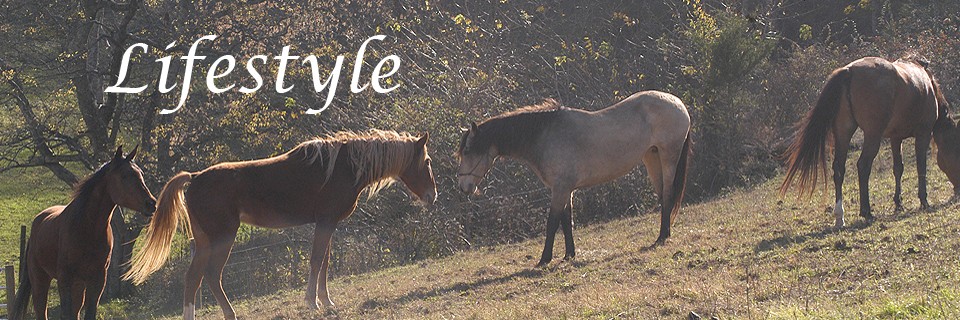
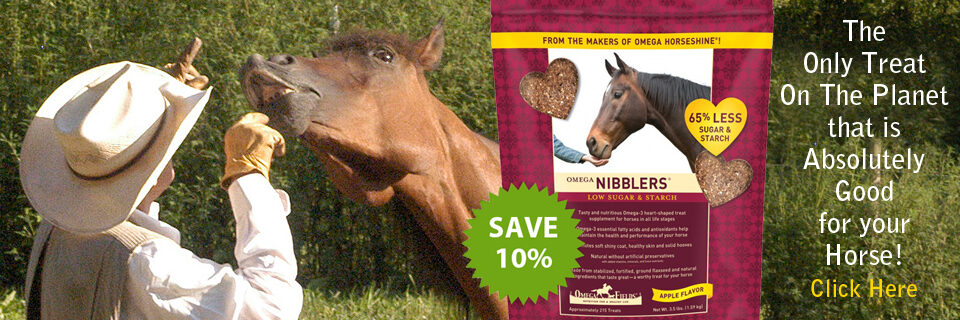
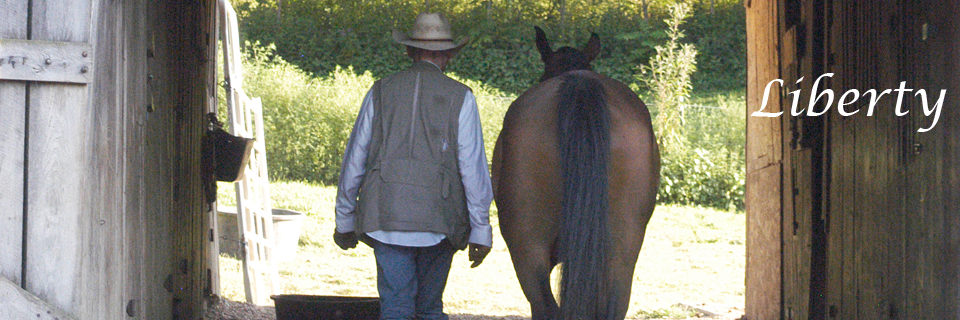
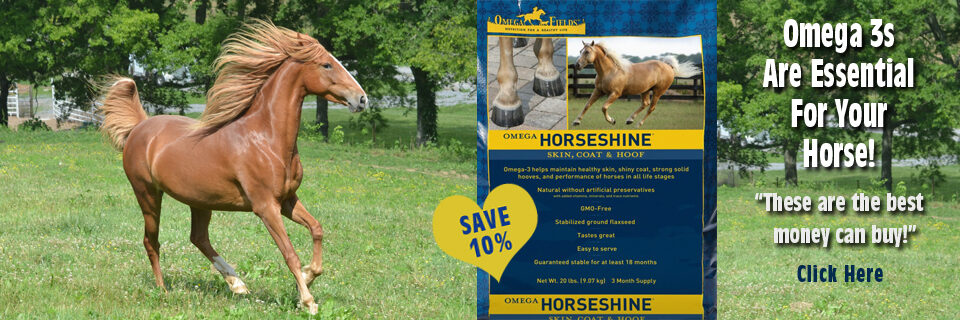
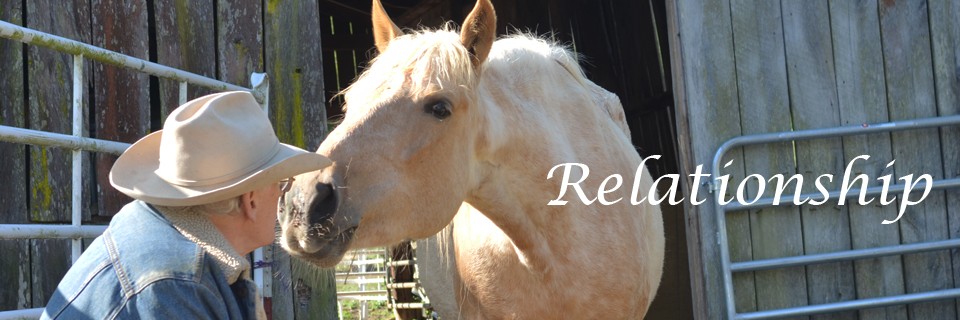
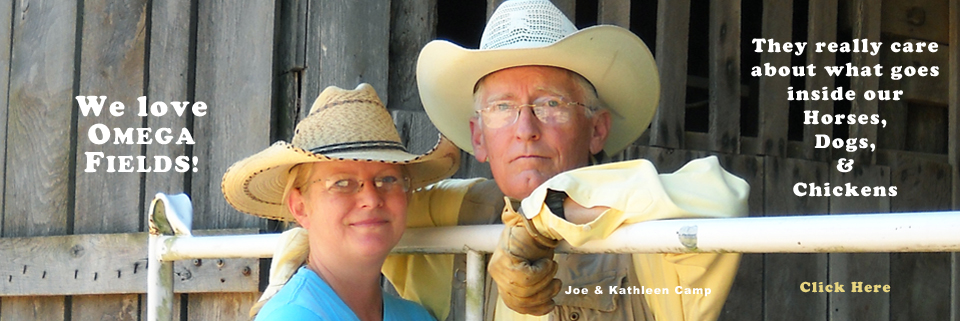
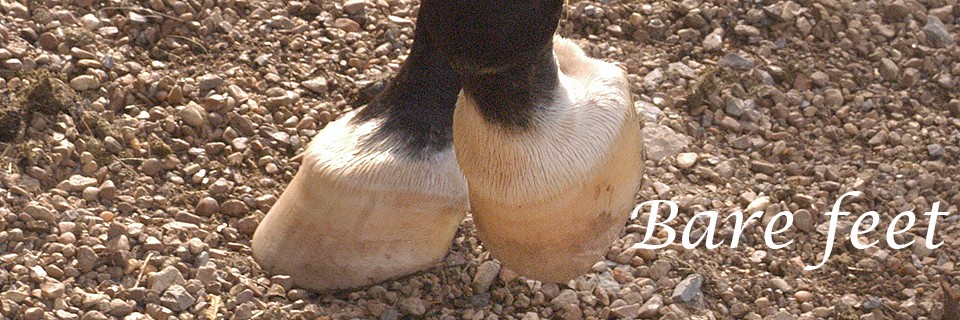
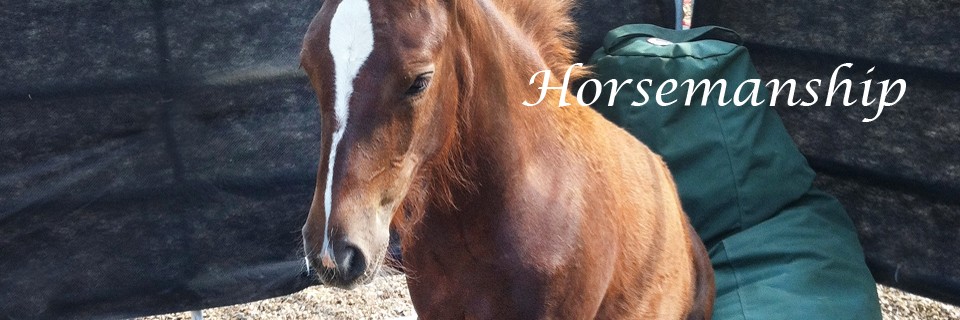
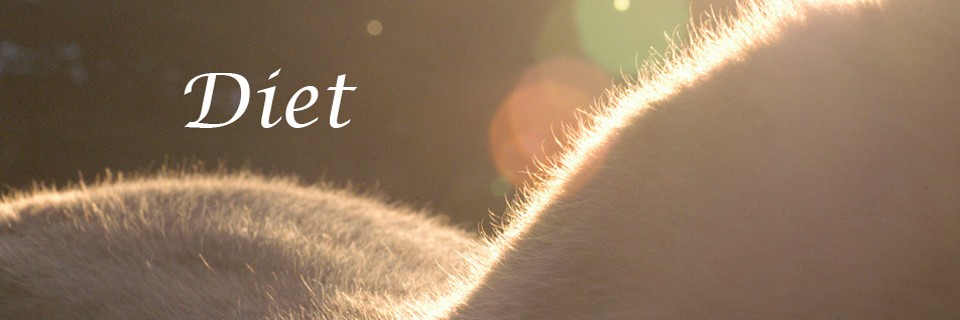

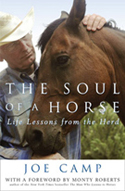
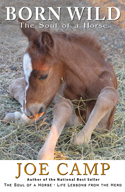
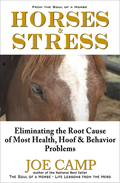
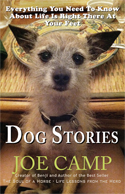
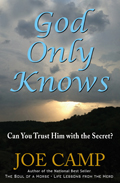
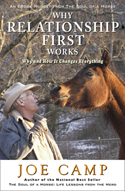
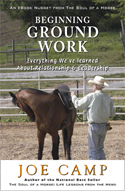
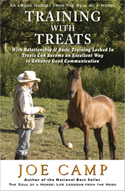
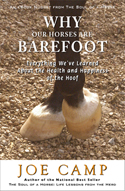
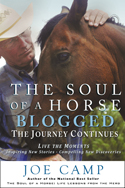
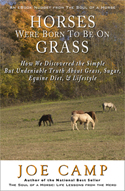
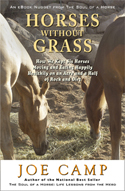

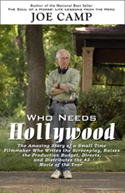
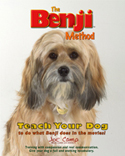
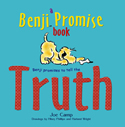
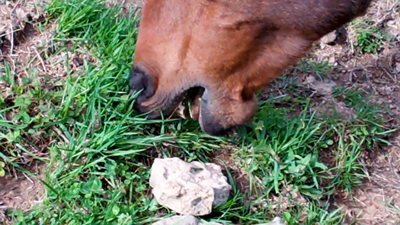
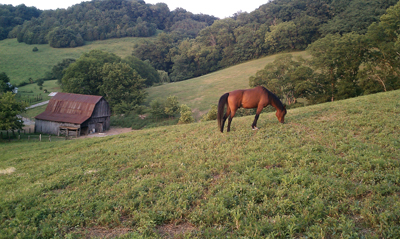

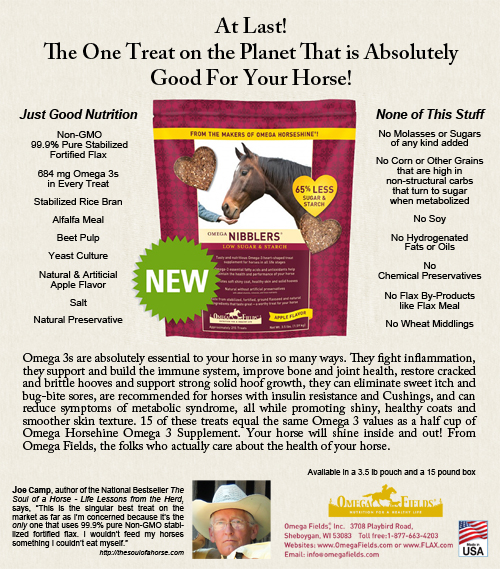
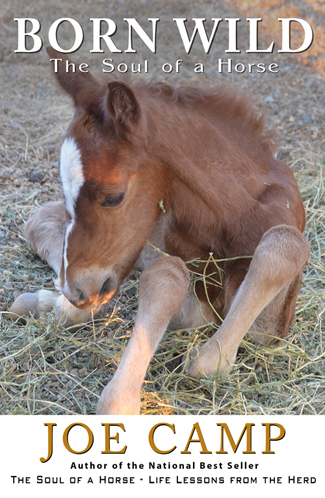
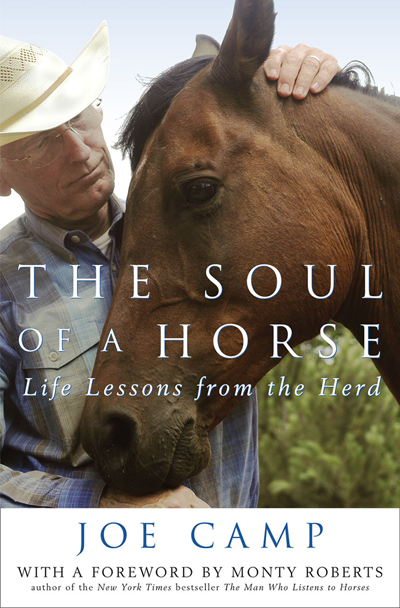
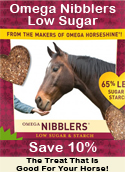
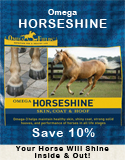
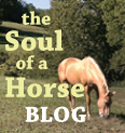

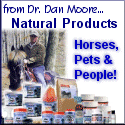
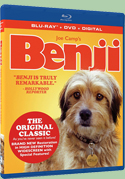

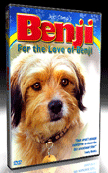
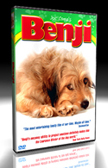
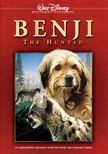
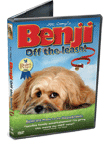


[…] but Joe Camp’s definition of a healthy horse pasture made the most sense to me. In one article, Joe says “the pasture the horse needs isn’t pretty.” (By the way, Joe even has a […]
Ah, clover. Everyone thinks horses love it. NOT! 15+ years ago we planted a traditional pasture mix that included clover. They never ever touch it, in fact, wherever the clover is, they use as a potty area!
So upon rethinking this whole pasture mix issue, we are going redo the pastures this year and do our own mix. What we also find interesting, is there isn’t one dandelion anywhere in the pastures! My yard is full of them, but you will rarely find dandelions in the pastures. They eat them right down. The poor things never get a chance to establish. The horses eat the thistles too. Not as often as the other weeds, but will eat them as needed, so we have pull them a lot so they don’t take over.
Then we have mint growing in areas, horses might nibble at them on occasion, but the same problem, mint is invasive, so we have to mow it down before it goes to seed. You can not “pull” mint. The roots just go every where.
The biggest problem we have is buttercups, extremely invasive and poisonous to horses. Fortunately, the horses have other choices to eat, so they don’t touch them, ever. Got to cut the buttercups down so the grass can grow thru it.
Meadow Foam (white flowers) likes low lying areas, so it thrives thru the spring, but dies off as the temperature rises and moisture dissipates in summer. Horses won’t eat it. Not as invasive as the mint and buttercups.
We have lots of cottonwood trees, but not in the pastures. As soon as the little sprigs of trees try to grow, the horses munch them down.
So variety is the spice of life for our horses, but we do need to “redo” the pastures. Till them up, plant a variety of grasses and then let nature do the rest.
We are getting used to not looking at perfectly manicured pastures as in all grass. We don’t panic at the first sign of briars growing in the middle of the pasture. They tend to nibble on the new growth and keep the briars in check.
We’re learning and thanks to you we’ve come a long way!
Because they can, indeed! It’s great they have the choice!
Love that last photo :)
Hello Joe
So interesting to read all this, thank you for all the information as always.
We just brought our beloved Hiro and Hoku home from colt start in Tuscany where they spent the last few weeks out on the mountains at 640m altitude eating meadow grass, flowers and weeds. We are so happy to have them home : )
It is seriously hot here in central Italy and we made an area for them in the cool, shady forest. First they nibbled at the sweet grass and leaves, then started eating last years dry and rotting leaves on the forest floor. The trees are mixed and include, oaks, maples and witchhazel. I will send a film so you can see them munching. They both ate at the same spot for a long time. Their own paddock paradise is full of weeds, grasses, leaves, trees and I am giving them good hay, but the rotting leaves and bits of old bark in the forest went down a treat ..
Hiro is healing from a severe kick from a horse in the herd where they were that damaged a nerve in his shoulder. That was 6 weeks ago. He must know what he needs ..
Joe, Thank you so much for sharing all the knowledge you have learned with your herd. It seems every time you share, I think yea, I remember seeing that with my babies.
I read all your books and was on your blog, long before I was able to bring mine home and was as prepared as anyone could be prior to personalities and the wants and needs of the individual horse dictating my actions.
I agree with “choices”. I have one pasture, which they have daily access, planted with lush Bermuda, but also includes crabgrass, Dallisgrass & Johnson grass, which is inevitable in N. Texas, I also keep alfalfa & Bermuda hay available 24/7. It is amazing to watch them decide to eat hay over the lush Bermuda and even more amazing to choose the crabgrass occasionally, while totally ignoring the poisonous Johnson grass & Dallisgrass.
I couldn’t help but giggle when you said “because they can”, my husband who has never been around horses, ask me the other day why they ignore the hay some days and then others clean it out over night? My answer, of course, “because they can”!
Shsnyder… Big smile. Love to hear from folks who actually “get it.” Don’t let Alfalfa ever get to be more than 15%-20% of the overall. Too much unbalanced calcium. But with all their choices I’m sure they know that :)
Would love that – but age-wise (me) and financially, not possible again. Had a wonderful 16 years with Chico & loved every minute of it – Hes buried at the farm where we boarded for 12 years with a pear tree on his grave (he absolutely loved pears -would stand & blow bubbles of pear juice) Havent gone up to clear the weeds away yet this year.
Thanks again, Joe
OK, Big question, I too have allowed my small pastures to have weeds, but there are at least two weeds that are toxic. When I see them I pull. Lot’s of pulling. The other is what about the weeds, like the clover, that they don’t eat. It appears to me that some are taking over the grasses. What are your thoughts about this?
We are northern Idaho and have decent moisture until early July, then we dry up. We do not irrigate so most of the grasses are gone. I feed then mixed grass hay, in bale bags and spread throughout the pasture. They are healthy, but not fat.
Thank you, so very much for your blog. You have helped me with every area of the horse from natural foot care and diet. Your a better researcher then I so I depend on it.
Be Blessed,
Buffy
Buffy… What I have heard over and over is that cutting (bushhogging) is the answer. Never shorter than 4″ and not taller than 12″. That grass loves cutting and weeds don’t. That is hearsay and not scientific, but it’s worked good for us. The grass appears to thrive if we just keep it cut. With the steepness of our hills with too much rain that sometimes is impossible but we try to follow that mantra. I love where we landed (a God thing) because “usually” we have grass from at least April (if not earlier) through late October. One of the four summers we’ve been here had a 30-40-day drought and everything dried up but came right back when the rains returned. I love the actual grazing because it keeps those front teeth trimmed right. And if you have enough choices, lots of choices. Various grasses, plus all the other stuff you shouldn’t have to worry about the weeds. If the horses have all the choices they need they will not eat something that’s bad for them. All those toxic things are out in the wild as well. But I’ve never heard of a wild horse just keeling over from eating something bad.
Love this share…
Do we feel that too much emphasis is put on WHAT HUMANS think is proper and not enough time spent watching and listening to the horse?
I remember when a VET indicated one of our old Cutting mares should be confined because of suspensory ligament problems…
The mare “told” us she wanted to be out on pasture and move….
She only lived another 8 years to age 34 and had a couple nice babies along the way….
Loved to see her lope around until she decided to she had a enough and went back to foraging
Yes! Terrific story, Chuck. There are so many times I’ve heard of where vets prescribe stall rest and the horses prescribe being out, moving, circulating that blood. Healing!
I sure do hope you realize how very fortunate you are to be around these wonderful creatures – every day! I envy you.
And they do have choices. You’re right – the pastures of nice sugary green grass just don’t do it. Especially with the spraying & fertilizing. Sadly, I used to think I knew lots about horses, but Joe,
have learned so much from the past few years of watching YOU learn all these new things – barefoot horses – natural pasture etc.
I don’t put it to good use anymore – my boy has been gone for over 10 years. But it soaks in anyhow.
Maggie… perhaps it’s time to have another go. :)